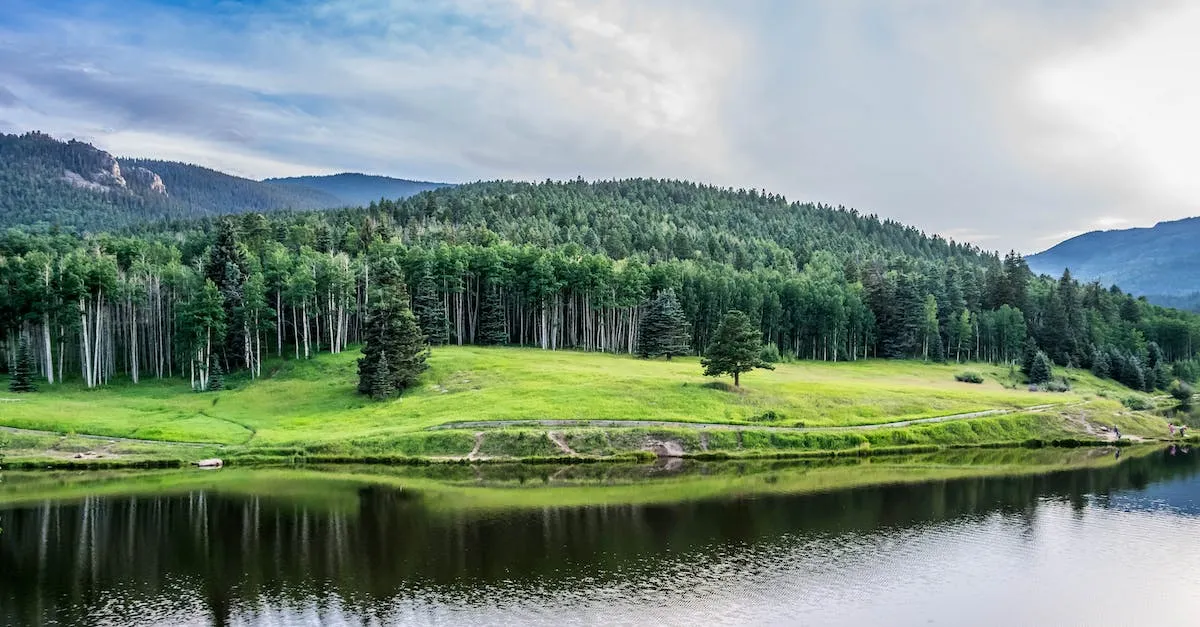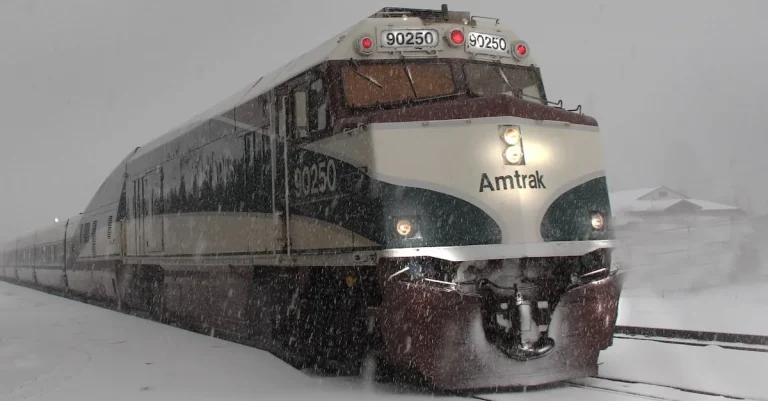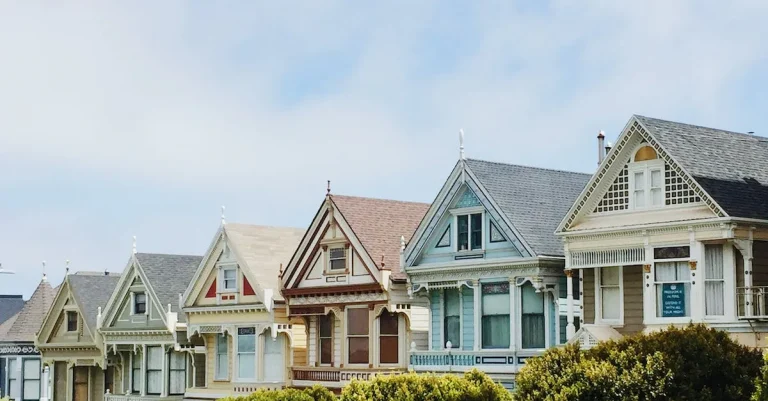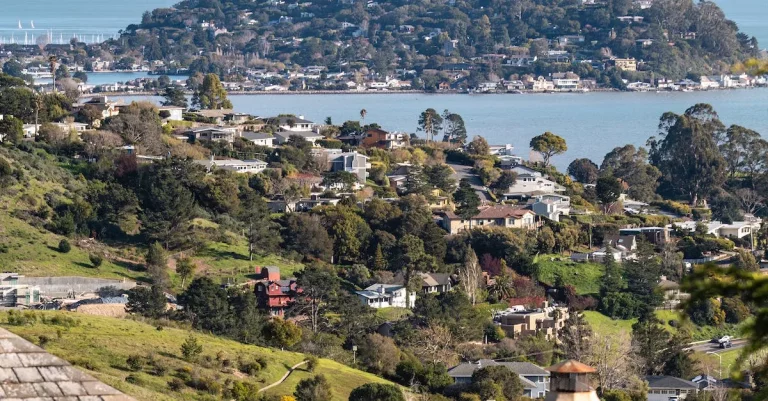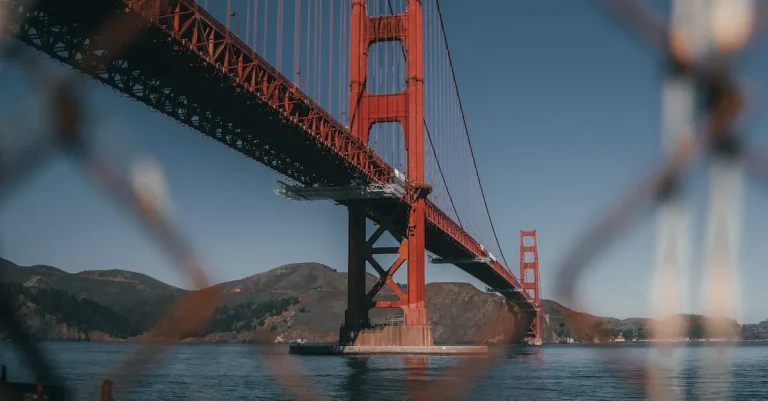Is Colorado In The Midwest? Examining The Geography And Identity Of The Centennial State
With its rolling plains, farmland, and famous mountain ranges, Colorado encapsulates a diverse landscape. But is it actually located in the Midwest region? If you’re looking for a quick answer: Despite sharing some similarities, Colorado is generally considered to be a Western state, separate from the Midwestern region.
In this in-depth guide, we’ll analyze Colorado’s geography, climate, culture and history to better understand where it fits within broader U.S. regions. We’ll also look at official government classifications and self-identification among Coloradans today.
Colorado’s Geographic Placement in the Western U.S.
When discussing the geography of Colorado, it is important to note that the state is not considered part of the Midwest region. While the Midwest is typically defined as the area between the Appalachian Mountains and the Rocky Mountains, Colorado falls outside of this geographic range.
West of the Midwest’s Eastern Border
Colorado is located in the western part of the United States, specifically in the region known as the Mountain West. It shares borders with several states, including Wyoming to the north, Nebraska and Kansas to the east, New Mexico to the south, and Utah and Arizona to the west.
This positioning places Colorado well west of the eastern border of the Midwest region.
Furthermore, Colorado’s geography is characterized by the presence of the Rocky Mountains, which run through the state from north to south. This mountainous terrain is not typically found in the Midwest, further distinguishing Colorado from the region.
Outside the Midwest Geographic Range
While Colorado may not be part of the Midwest, it does share some similarities with the region in terms of its agricultural industry and rural communities. However, the state’s climate, topography, and cultural identity are distinctively different from those of the Midwest.
Colorado is known for its stunning natural beauty, with picturesque landscapes that include towering mountains, vast plains, and stunning national parks. The state also boasts a diverse range of outdoor recreational opportunities, attracting visitors from around the world.
These unique geographical features and recreational offerings set Colorado apart from the Midwest.
For those interested in exploring more about Colorado’s geography and its distinct identity as part of the Mountain West, there are several authoritative websites that provide valuable information. The official website of the Colorado Tourism Office (https://www.colorado.com/) offers comprehensive details about the state’s geography, attractions, and outdoor activities.
Additionally, the National Park Service’s website (https://www.nps.gov/romo/index.htm) provides insights into the stunning Rocky Mountain National Park, located in Colorado.
Colorado’s Climate Differs from the Midwest
When it comes to climate, Colorado stands out from the Midwest. The state’s unique geography and elevation contribute to its distinct weather patterns and conditions.
Higher Elevation Creates Thinner, Drier Air
One major factor that sets Colorado apart from the Midwest is its higher elevation. With an average elevation of 6,800 feet, the Centennial State experiences thinner and drier air compared to the states in the Midwest. This elevation difference has a significant impact on the climate.
At higher altitudes, the air is less dense, leading to lower atmospheric pressure. This lower pressure results in reduced moisture content, making Colorado’s air drier in comparison. This drier air can have various effects on both the environment and people living in the state.
The dry air in Colorado can cause increased evaporation rates, leading to faster drying of soil and vegetation. This can contribute to the higher risk of wildfires in the state, especially during the hot and dry summer months.
Additionally, the lower moisture content in the air can lead to increased dehydration and respiratory issues for individuals not acclimated to the conditions.
More Sunshine and Greater Temperature Swings
Another notable difference in Colorado’s climate compared to the Midwest is the abundance of sunshine and greater temperature swings. The state is known for its 300 days of sunshine per year, which is significantly higher than the Midwest’s average.
The higher elevation of Colorado means that it is closer to the sun, resulting in increased sunlight exposure throughout the year. This abundance of sunshine not only affects the climate but also contributes to the state’s outdoor lifestyle and recreational opportunities.
Furthermore, Colorado experiences greater temperature swings compared to the Midwest. The high elevation and mountainous terrain create a unique climate where temperatures can vary significantly between day and night.
It is not uncommon to see temperature differences of 30 degrees Fahrenheit or more in a single day.
These temperature swings can present challenges and opportunities for residents and visitors alike. It is essential to be prepared for fluctuating weather conditions and dress in layers to adapt to the changing temperatures.
Colorado Culturally Aligned with the Western U.S.
When it comes to its cultural identity, Colorado is undeniably aligned with the Western United States. This can be attributed to various factors that have shaped the state’s history, heritage, and way of life.
History of Frontier Spirit and Pioneers
Colorado has a rich history rooted in the frontier spirit and the pioneer mentality. The state was settled by adventurous individuals seeking new opportunities during the westward expansion. The famous Pike’s Peak Gold Rush in the mid-19th century attracted thousands of fortune seekers to the region, leaving a lasting mark on Colorado’s cultural fabric.
The legacy of these pioneers can still be felt today, as Coloradoans embrace a sense of independence, resilience, and entrepreneurial spirit.
Prevalence of Native American and Hispanic Heritage
Native American and Hispanic heritage also play a significant role in Colorado’s cultural landscape. The state is home to several Native American tribes, including the Ute, Cheyenne, Arapaho, and Apache. Their traditions, art, and spirituality have influenced the state’s customs and celebrations.
Additionally, Colorado has a vibrant Hispanic community, with a rich history that dates back to Spanish colonial times. The influence of Hispanic culture can be seen in the architecture, cuisine, and festivals throughout the state.
Outdoor and Adventurous Lifestyles
One of the defining characteristics of Colorado’s culture is its deep connection to the outdoors and adventurous lifestyles. The state’s stunning natural landscapes, including the Rocky Mountains, offer a playground for outdoor enthusiasts.
Whether it’s hiking, skiing, mountain biking, or rock climbing, Coloradans embrace an active and outdoor-oriented way of life. This love for adventure and exploration has become an integral part of the state’s identity, attracting outdoor enthusiasts from all over the world.
U.S. Government Designates Colorado as Western
When it comes to the geographical classification of Colorado, the U.S. government has consistently designated it as part of the Western region. This classification is supported by various federal agencies and is widely accepted within the country.
Part of the Western U.S. Census Region
The U.S. Census Bureau, an authoritative source on demographic and geographic data, includes Colorado as part of the Western region in its official classification. This region encompasses states such as California, Nevada, Arizona, and Washington, among others.
Colorado’s inclusion in this census region highlights its position as a Western state.
Furthermore, the U.S. Census Bureau’s data on population distribution and economic indicators consistently categorize Colorado within the Western region. This classification helps in providing accurate statistics and insights into the state’s demographics and economic trends.
Classification Varies By Different Federal Agencies
While the U.S. government designates Colorado as Western, it is important to note that classification can vary among different federal agencies. For example, the U.S. Department of Agriculture’s Natural Resources Conservation Service classifies Colorado as part of the Western region in its soil and climate-related studies.
On the other hand, the U.S. Bureau of Economic Analysis categorizes Colorado as part of the Plains region for economic analysis purposes. This discrepancy in classification highlights the complexity of defining a state’s regional identity and the differing perspectives among various federal agencies.
It is worth mentioning that the U.S. government’s designation of Colorado as Western aligns with the state’s cultural, historical, and geographical characteristics. Colorado is known for its Rocky Mountains, vast plains, and western heritage, which contribute to its strong affiliation with the Western region.
Most Coloradans Identify with the Western U.S.
When it comes to the geographic and cultural identity of Colorado, the majority of Coloradans strongly associate themselves with the Western United States. This sentiment is deeply rooted in the state’s history, landscape, and overall culture.
Feeling of ‘Western Pride’ Among Locals
Coloradans take great pride in being part of the Western region of the United States. The state’s stunning natural beauty, including its majestic mountains and vast plains, is often seen as emblematic of the Western frontier spirit.
This feeling of “Western pride” is reflected in various aspects of Colorado’s culture, including its outdoor recreational activities, such as hiking, skiing, and camping, which are deeply ingrained in the Western way of life.
Furthermore, Coloradans embrace the values typically associated with the Western U.S., such as individualism, self-reliance, and a love for wide-open spaces. The frontier mentality of forging one’s own path and the belief in personal freedom are deeply ingrained in the state’s identity.
Distinct from Midwestern Stereotypes and Perceptions
Despite its location in the central part of the country, Colorado is distinct from the Midwestern stereotypes and perceptions that are often associated with states in that region. While the Midwest is known for its flatness and agricultural landscapes, Colorado boasts rugged mountain ranges, high-altitude plateaus, and diverse ecosystems.
Additionally, the cultural aspects of Colorado differ significantly from those of the Midwest. The state’s vibrant arts scene, outdoor adventure opportunities, and progressive attitudes set it apart from the more traditional and conservative image often associated with the Midwest.
It is important to note that geographic identity is subjective and can vary from person to person. Some Coloradans may feel a stronger connection to the Midwest due to personal reasons, such as family ties or upbringing.
Nevertheless, the prevailing sentiment among the majority of Coloradans is a strong identification with the Western United States.
For more information about the geography and cultural identity of Colorado, visit www.colorado.com.
Conclusion
While Colorado shares some agricultural geography with Midwestern states, its climate, culture and identity align it firmly within the Western U.S. Both officially and informally, Colorado stakes its claim as a scenic, adventurous and uniquely Western state with its own heritage distinct from the Midwest.

